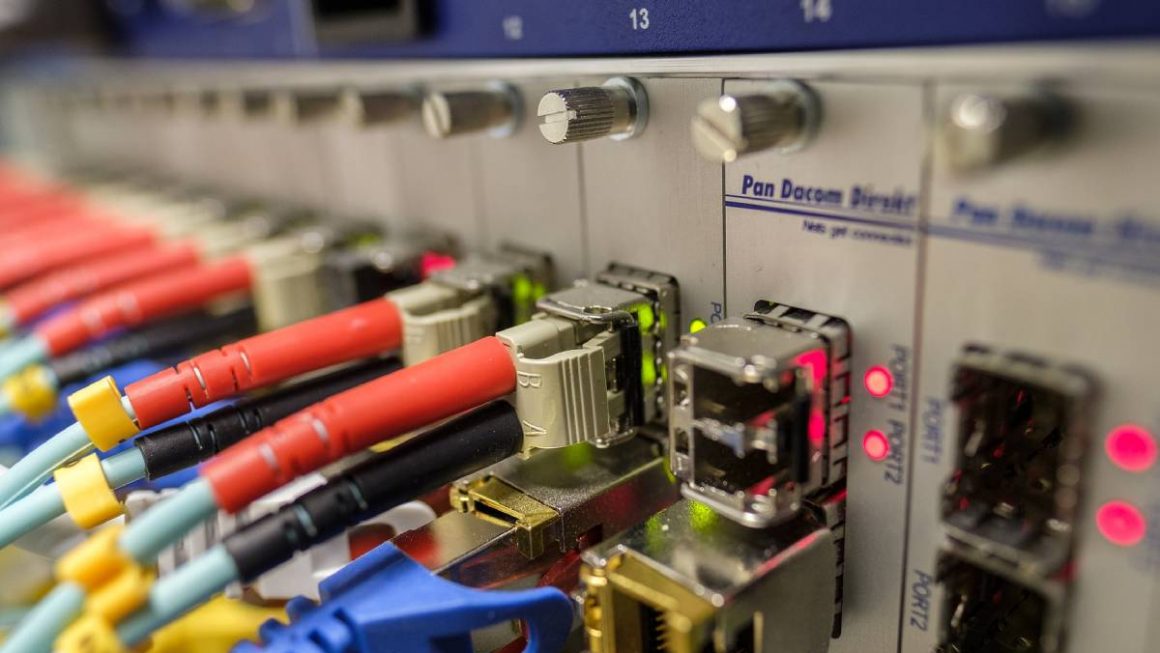The world’s human population is tending toward a surplus that challenges food security and stable food supply. The agricultural system faces the burden of numerous uncertainties due to climate change and natural disasters. These uncertainties make serving a massive world population become more and more of a challenge with conventional soil-dependent agricultural practices.
Due to the unavoidable global issues, horticulture’s tide started to shift towards adapting modernized practices to prevent the foreboding prediction of global hunger. Most of these new practices can adapt to or withstand micro-changes in climate. In addition to sustainable practices, Morden horticulturists need accurate scientific data to make timely decisions.
One of the helpful systems is hydroponic systems for cultivating plants—without using the soil for its nutrients. The addition of analytics to hydroponics makes more with software, sensors, and other technologies embedded in them for collecting and exchanging data. This system does not need much manual intervention since it is automated. The IoT concept connects devices to the internet to communicate. Most fields utilize IoT since it makes their work better.
Like other fields, hydroponic farming is no exemption to the benefits of IoT as data gathered from IoT sensors breeds improvement.
Table of Contents
The Usefulness of the Hydroponic System
Hydroponic horticultural processes involve utilizing mineral nutrient solutions in water and other media devoid of soil. The gardener or farmer controls the plant’s environment and nutrients under highly automated conditions. The hydroponic system delivers and recycles the required nutrients and water the plant needs (directly to its root structure).
The basic need of all plants is a food source, air, and water. Breaking the necessities for a plant’s survival defines what you give them. In hydroponic systems, a medium merely supports the plant and its root system while you provide them with a nutrient solution to help them grow. A significant benefit of using hydroponic horticulture is that it lessens or eradicates water and land pollution from surface runoff and overland flow.
The six types of hydroponic systems are:
- Ebb and flow
- The wick system
- Drip
- Nutrient Film Technology
- Aeroponic systems
- Water Culture
To know more about hydroponic systems, check out Weekend Gardener for more information..
How IoT Improves Hydroponic Farming
The Internet of Things describes a network of various objects with software, sensors, and other technologies embedded in them for collecting and exchanging data. This system does not need manual intervention since it is entirely automated. The IoT concept connects devices to the internet to communicate. Most fields utilize IoT since it makes their work better.
Like other fields, hydroponic farming is no exemption to the benefits of IoT as data gathered from IoT sensors breeds improvement.
Also Read: IoT – WHAT ARE THE MOST IMPACTED SECTORS?
Functional Hydroponic Parameters to Watch Closely
Although hydroponic processes are automatic, it requires human intervention to ensure that some parameters remain constant or relatively stable. Some of these parameters are:
Nutrient Solution Temperature
If plants must survive and last in a hydroponic system, the nutrient solution temperature needs to be between 65-67 degrees. In too high temperatures, the oxygen level reduces and gives room for roots to rot. Reduced temperatures impede plant growth. You can use an aquarium heater to warm up cold nutrient solution in smaller reservoirs.
Replacing Water in the Reservoir
During circulation, water loss is not uncommon because of evaporation and the plant’s process, especially in smaller circulating system’s reservoirs. Because of steady water loss, you have to replace the water for the system to function optimally.
Steady Air Supply
Maintaining oxygen in the nutrient solution helps roots grow and stay healthy. Proper oxygen supply allows plants to perform their processes.
Filter Maintenance
In hydroponic systems, using a filter helps prevent plant matter from getting into the nutrient solution. Keeping the filter clean often will also save your plants from pests because pests love the build-up of debris. If you are using a deep water culture system, a filter is unnecessary, but you will need to clean the floating debris from time to time.
Routine Checks
Performing routine checks on the pumps, aerators, connections, and more regularly helps. Since all the hydroponic systems’ equipment is vital to a plant’s growth, they always need to be in optimal function.
Regular EC and pH Checking
Plants need an optimal pH of about 5.5-6.5 for adequate growth. You can also research the right EC levels for your garden to aid in functionality.
The Role of IoT in Hydroponics
It can easily monitor all these processes that are essential for the optimal functioning of your hydroponic system. This process then creates an extensive database that farmers across the globe can use. The data from IoT sensors transmit algorithms and inferential data to enhance the potential for building a better Internet of Hydroponics (IoH).
Eventually, the sensors that can help you monitor your farm will help prevent global hunger. Some benefits of hydroponics are:
- Climate control
- Fewer pests and diseases
- Time and energy saving
- Water conservation
- Efficient nutrient use
- Fewer chemicals content (pesticides and herbicides)
- Minimal Land use
Conclusion:
Hydroponics are slowly shifting the tide of horticulture. The addition of IoT technologies improves the potential of the hydroponic system for a better food supply chain.




